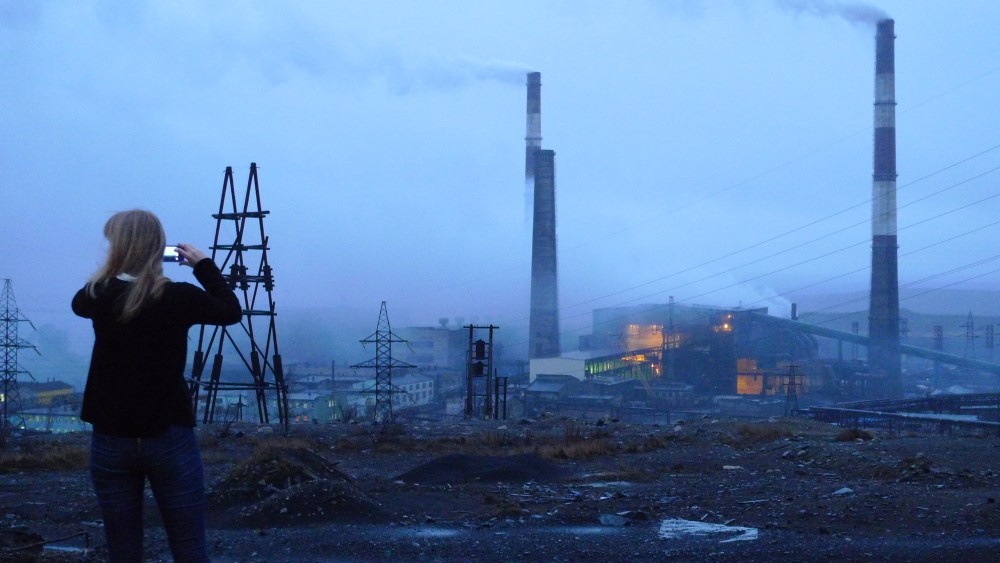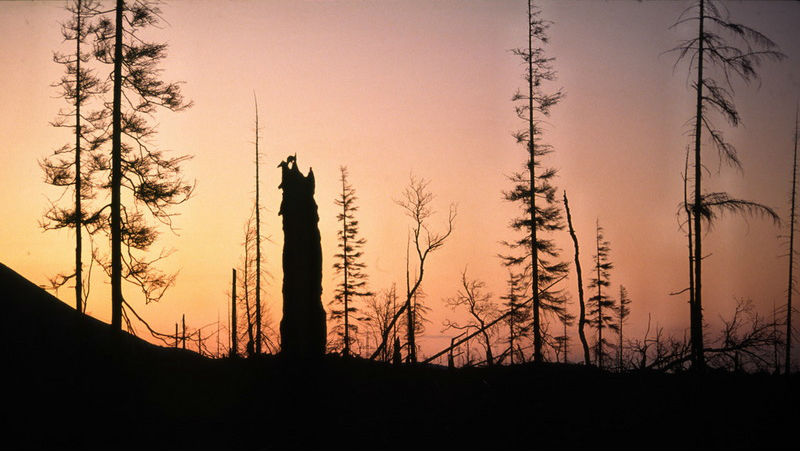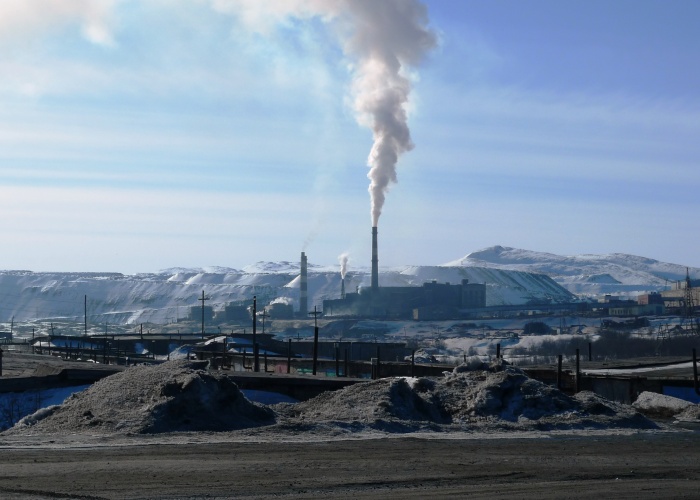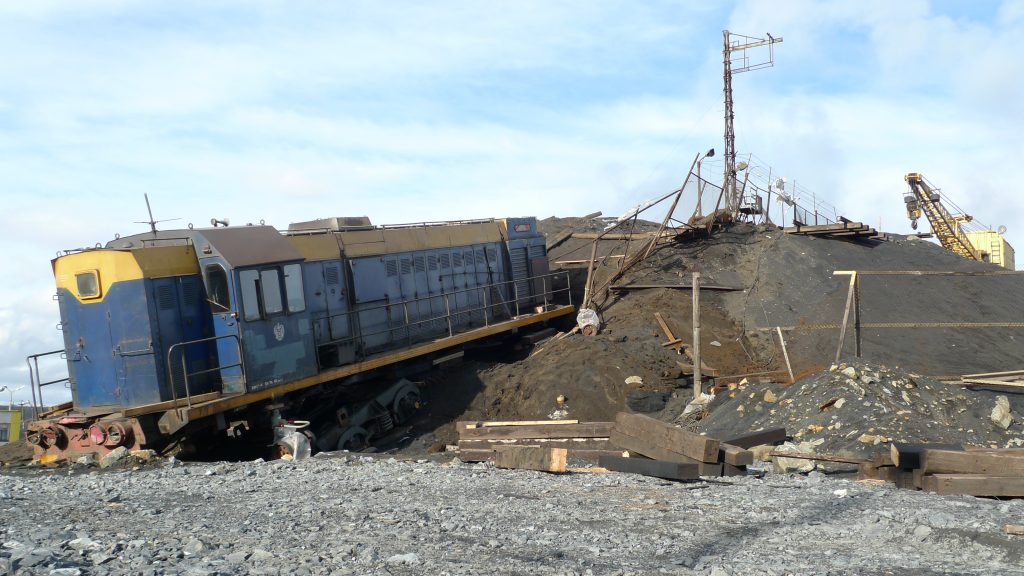New Finnish technology to slash nickel mining pollution in northwestern Russia

Sulfur-rich, but nickel-poor concentrate will be separated out and sent to other consumers, while only the nickel-rich concentrate will be processed at the factories on the Kola Peninsula.
New equipment for mineral processing has arrived to Zapolyarny, where Nornickel’s subsidiary Kola Mining and Metallurgical Company’s concentrator plant is located. The equipment is made by Outotec in Finland and includes processing technology for filtration, thickening, flotation and analyzer equipment.
When in full operation, the new technology will make it possible to separate rich quality materials from ore with less nickel. By separating out the nickel-rich concentrates, much of the sulfur will be removed before being shipped to the smelter in the town of Nikel.
Consequently, the emission of sulfur dioxide (SO2) will be reduced substantially.
Air pollution blown on western neighbours
The run-down plant in Nikel has for decades been a thorn in cross-border relations in the Barents Region as the pollution hits neighbouring Norway and Finland as well as the fragile taiga forest on Russia’s own Kola Peninsula (northwest).

Periodically, the smog in the town of Nikel has exceeded federal limits by 10 times or more.
“Removing sulfuric raw materials in the processing is intended to reduce emissions of sulfur dioxide in the smelter and thereby reduce the negative impact on the environment”, Kola MMC writes on its company portal.
Kola MMC produces annually 383,000 tons of nickel concentrate in Zapolyarny coming from the underground mines.
The company does not say where the poor and sulfur rich concentrate will be sold, other than stating it “will be shipped to outside consumers”.
Slashing SO2 pollution

As for the smelter in Nikel, the goal is to achieve a 50% reduction in sulfur dioxide pollution.
Presenting Nornickel’s strategic environmental goals in London last December, CEO Vladimir Potanin showed a slide titled “In 2018-2022 Nornickel will become greener and help others become greener.”
He continued: “We are committed to do our best to transition Nornickel into one of the world’s most modern, cleanest and safest mining companies, which provides attractive returns to its shareholders.”
Vladimir Potanin was this spring ranked to be Russia’s 5th richest on Forbes list with a net worth estimated to $15,9 billion.
In his London presentation, Potanin highlighted that pollution from the factories near the border with Norway will be reduced by up to 50% by 2019.
After Potanin’s presentation, Vadim Malkin with Nornickel’s communication company Transitional Markets Consultancy calculated the estimated cut in pollution for the Barents Observer. He concluded that sulfur dioxide emissions from the smelter in Nikel will be reduced to 44,000 tons. In 2015, the emission from the pellets plant in Zapolyarny and the smelter in Nikel was 80,000 tons SO2.
Melkin also said the smelter in Nikel will “cut the number of furnaces as a result of reduced volumes to be smelted.”

Nornickel’s First Vice-President, Sergey Dyachenko, has said two out of three furnaces in Nikel will be closed by 2019, as previously reported by the Barents Observer.
By 2023, the total SO2-emission from all Nornickel’s plants on the Kola Peninsula is targeted at 15,500 tons. That includes the factories in Nikel, Zapolyarny and Monchegorsk.
Related stories from around the North:
Canada: World maritime body moves to ban dirty fuels in the Arctic, Radio Canada International
Finland: Finnish president demands Arctic Summit to stop dangerous black carbon emissions, Yle News
Norway: Norway grants drilling rights closer to protected Arctic waters, The Independent Barents Observer
Russia: Smelters, huskies, and fish pies: the Arctic road from Norway to Russia, The Independent Barents Observer
Sweden: Sweden breaks ground on test plant for fossil-free steel production, The Independent Barents Observer
United-States: America’s most toxic site is in the Alaskan Arctic, Cryopolitics Blog



